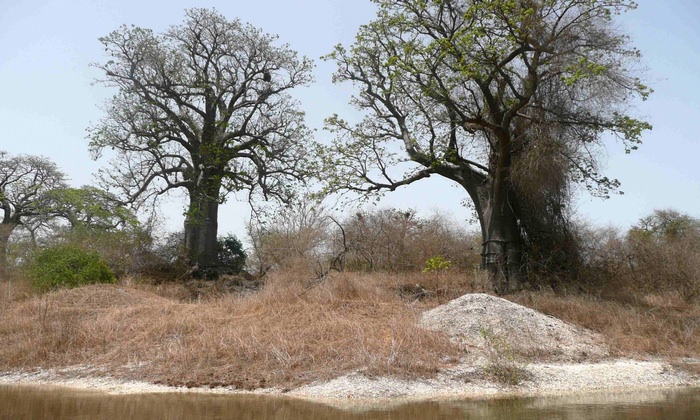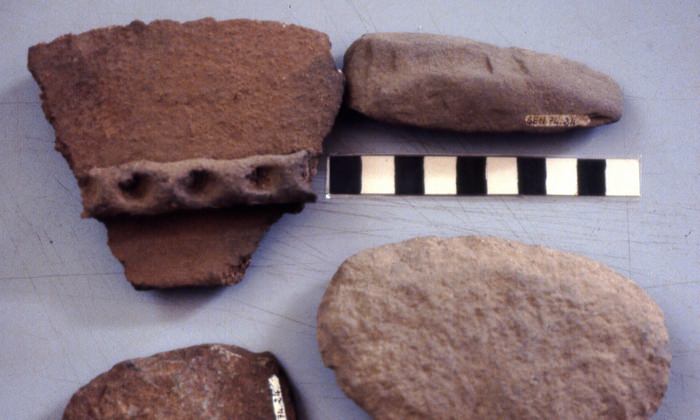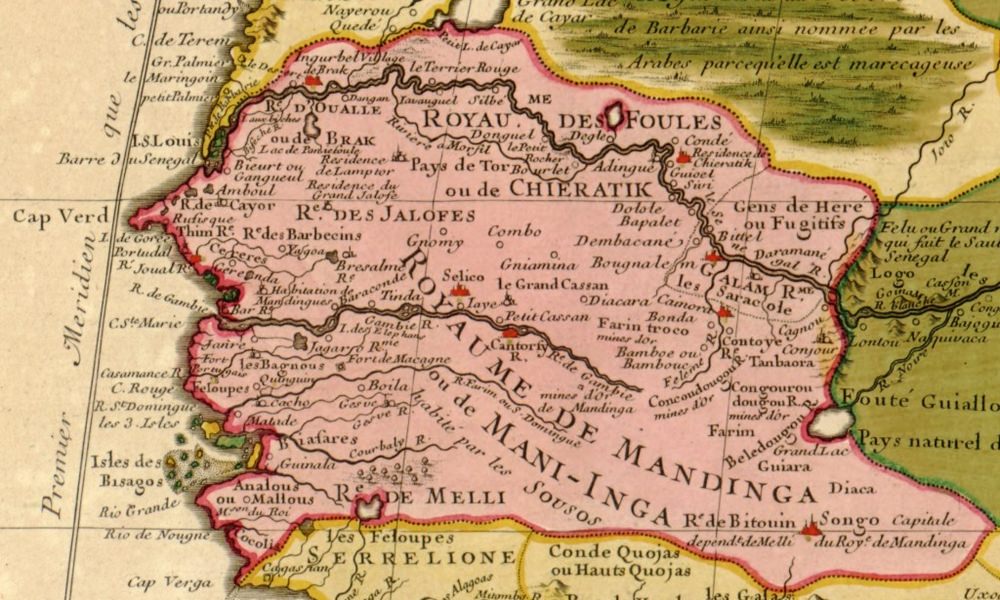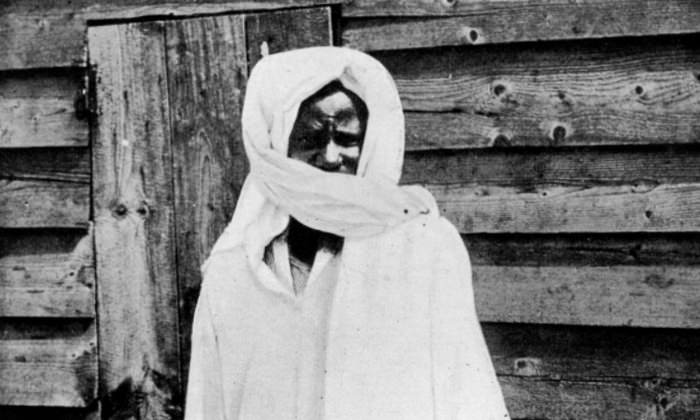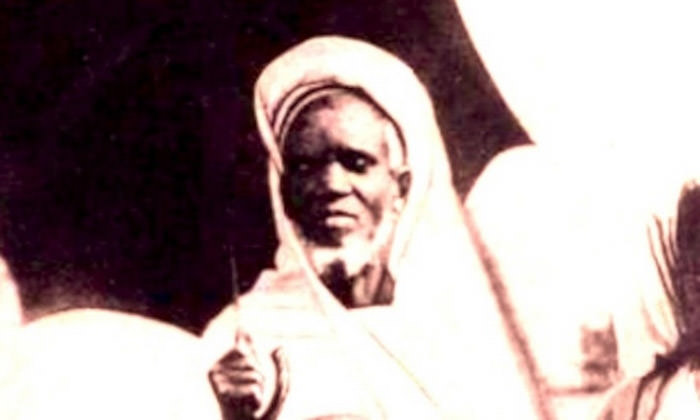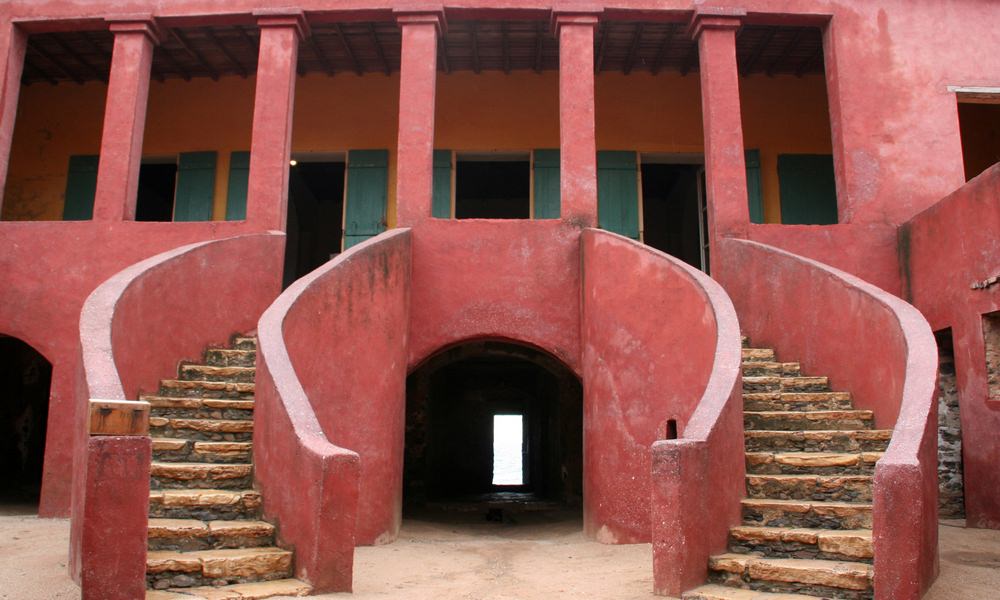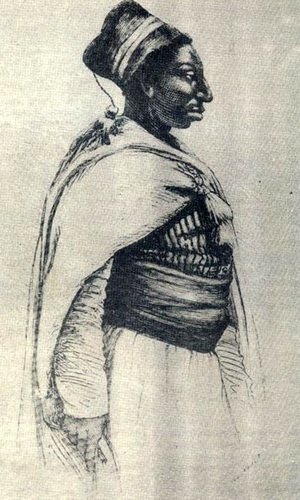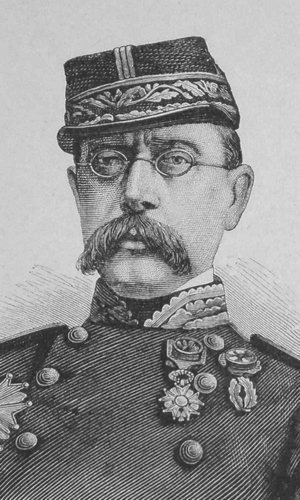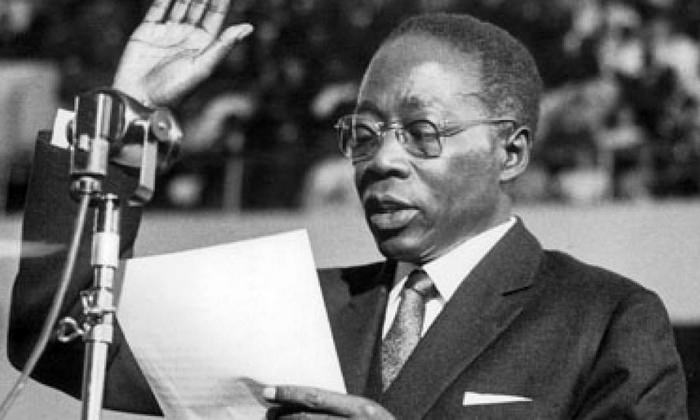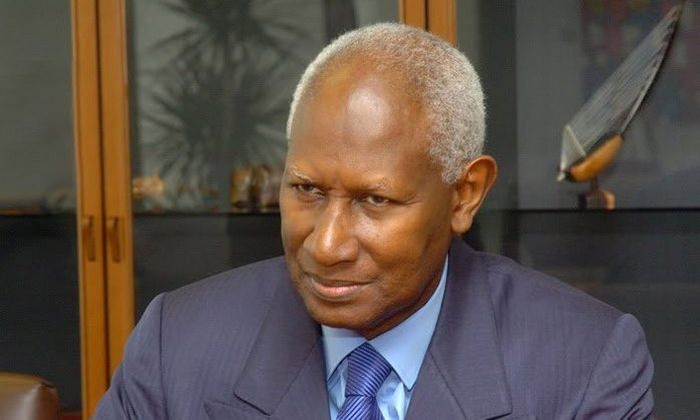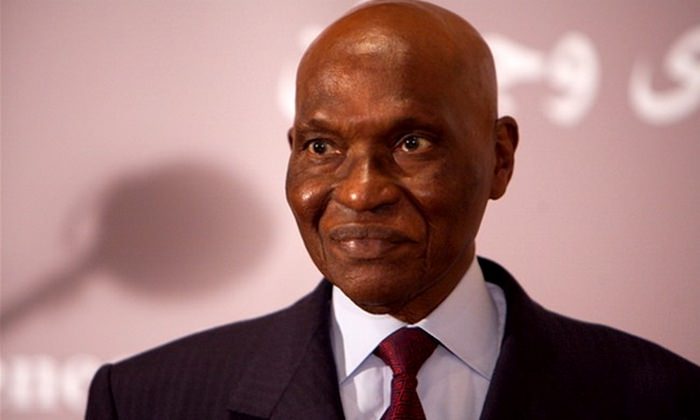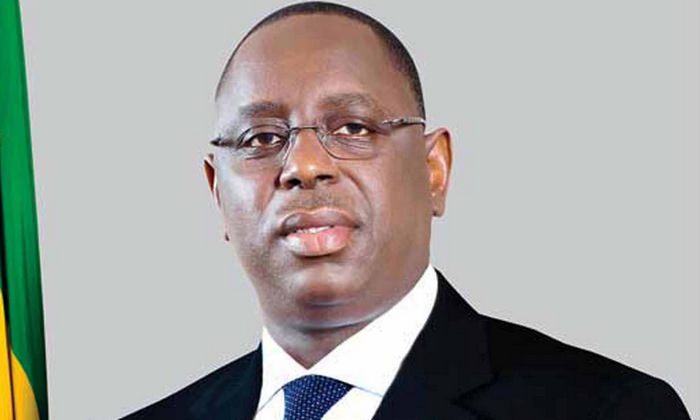History
Prehistory – Protohistory
The prehistory and protohistory are generally associated with the remarkable megalithic circles of Senegambia and with artificial shell middens (Fadiouth Islands).
The discovery of several objects is a proof of the human presence in current Senegal in prehistoric times:
- Palaeolithic cut bifaces found on the Cap-Vert peninsula
- Scrapers and mincers were dug out near Rufisque or in Eastern Senegal
During the Neolithic period an important population of fishermen and traders lived along the coastline, as demonstrated by the ceramics and elaborate tools found in the backwater of Khant, located at the mouth of the river Saloum.
Furthermore, archaeological research has allowed finding human traces dating back from the first millennium BCE between the central region of the country and Gambia through tombs in the shape of burial mounds and megalithic circles. It is also during that period that metalwork appears.
The first kingdoms
Human societies were developing and getting organised little by little until the progressive emergence of the first kingdoms that are dated from the 7th century.
Originating from the Toucouleurs ethnic group many kingdoms were created like the Namandirou kingdom, also called the Tekrour kingdom, then the Djolof kingdom (affiliated to the Ghana empire) that was the largest and most influential territory in the 14th century, including the Baol, the Fouladou, the Fouta-Toro, the Sine-Saloum kingdom, the Cayor, the Waalo, the Kaabuet state and the Bambouk.
The Djolof kingdom was founded in the 13th century in the region of the river Senegal by Ndiadiane Ndiaye, who was then the first bourba (“king”), and united the different populations related to the Wolof ethnic group. It later became the Kingdom of Oualo, coinciding with the death of his last emperor, Lélé Fouli Fak, in 1549.
Afterwards the old Djolof was annexed to the empire of Mali then later, in the 19th century, it was the last territory (then reduced to the centre of the country) to be colonised by the French, with the exile of his king Alboury Ndiaye.
Map of Senegambia from 1707 by Guillaume Delisle
The islamisation
The history of Senegal is deeply intertwined with the progression of Islam in this part of Africa.
This religion was first spread peacefully, from the 8th to the 9th century, thanks to the trade between the Arab-Berbers and the Toucouleurs ethnic group, who spread Islam across the territory.
Then, in the 10th century, it is by force through Djihad that the islamisation is carried out. The Berber tribes Almoravides forced, with the help of the Toucouleurs, the Peulhs, Mandingues, Wolofs or Sérères to convert or to leave the Tekrour and migrate.
During several centuries Islam will experience a steady progression, until the 19th century when it was widespread to the different populations currently forming Senegal.
The 19th century represents a key period with the fall of the different kingdoms and the progressive colonisation of the territories. In that context, Islam, through the peaceful intervention of the Marabouts El Hadji Sy from the Tidjaniya brotherhood and Cheikh Ahmadou Bamba from the Mouride brotherhood, became an identity and social bulwark.
The colonisation
The first colonial trading posts start in the 15th century when Cadamostro (a Venetian navigator) discovers the territory (between 1454 and 1456) on behalf of the kingdom of Portugal. The triangular trade then starts with the Americas. The Dutch, the French and the English will also take part in the slave trade.
In the 17th century the Normandy Company installs the first trading post at the mouth of the river that will be called Saint-Louis after the Sun King. Many invasion attempts from the English will follow. Mixed marriages give birth to the “Signares” (mixed-race women), made rich by the dowries and parting gifts from the French, who invest in a very particular sector: the slaves’ deportation.
In exchange for horses, cloths, weapons, the slaves are shipped in inhumane conditions, where the death rate often reaches 60%. Africans from the aristocracy and mixed race willing to benefit from the profits of this trade, also take part in this traffic. In total, according to several estimates, 10 million slaves were deported in 70 years. The Goree Island keeps many traces of this period and offers to visit the “Maison des Esclaves” (the house of slaves).
The House of Slaves on Gorée Island
In 1817 France takes Senegal back from the English. The government tries to establish an agricultural colony that produces cotton and indigo but the project fails due to taxes and customs of the Moorish tribes settled on the river bank.
Louis Faidherbe is then sent as a Colony Governor. He manages to suppress these customs and rehabilitates several forts along the river (Dagana, Podor,…). But El Hadj Omar Tall is standing on his way. Caliph of the Tidjianes Brotherhood, he fights off the French colonial army, until his death in 1864. Afterwards Faidherbe imposes a French protectorate on the river region and tries to have a railway line built between Goree and Saint-Louis for the transportation of peanuts. He clashes with Lat Dior Diop who dies in 1886 during a battle against the Faidherbe troops. The English manage to keep Gambia and the Portuguese give the Casamance in exchange for lands in Guinea-Bissau.
Under the third Republic, the 4 municipalities of Dakar, Saint-Louis, Gorée and Rufisque have their status reinforced and their inhabitants become French citizens instead of indigenous people.
In 1885, the conference of Berlin is held where the great colonial powers divide and share nothing less that the whole African continent, including all territories inside it. It is also at that time that the French Western Africa is created (A.O.F. in French).
In 1902 Dakar becomes the capital of the A.O.F. after the city of Saint-Louis.
In 1915 the first black man to become a member of the parliament is Blaise Diagne. He defends racial equality. He is in charge of recruiting the Senegalese infantrymen, of which 33,000 out of 133,000 will make it back home. More infantrymen will be sent to the rescue during the Second World War.
In 1946 the National Assembly passes the law Lamine Gueye that awards the French citizenship to all the indigenous population of the French colonies. The same year the Ivorian Félix Houphouët Boigny achieves the abolition of forced labour in the colonies. The French Union replaces the French Empire and the colonies become “Overseas Departments and Territories”.
The independence movements in the French colonies grow stronger in the middle of the 20thcentury and in January 1959 Senegal merges with the French Sudan (Mali today), turning into the Federation of Mali that becomes independent on June 20th 1960, following the agreements signed with France on April 4th 1960 (date chosen for the independence of Senegal).
The independence
Senegal leaves the Federation of Mali on August 20th 1960 and officially declares its independence.
To date, the country has seen 4 presidents of the Republic: Léopold Sédar Senghor, Abdou Diouf, Abdoulaye Wade, and today Macky Sall.
In Africa, Senegal remains a model of stability and democratic transition with a respect for freedom and a remarkably independent media.



